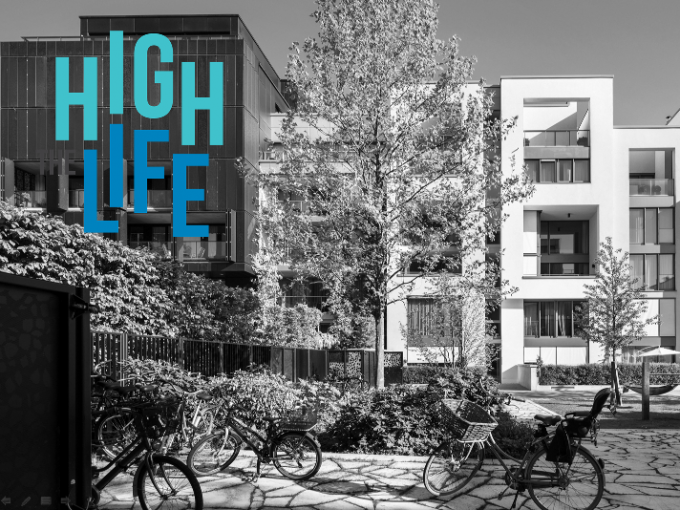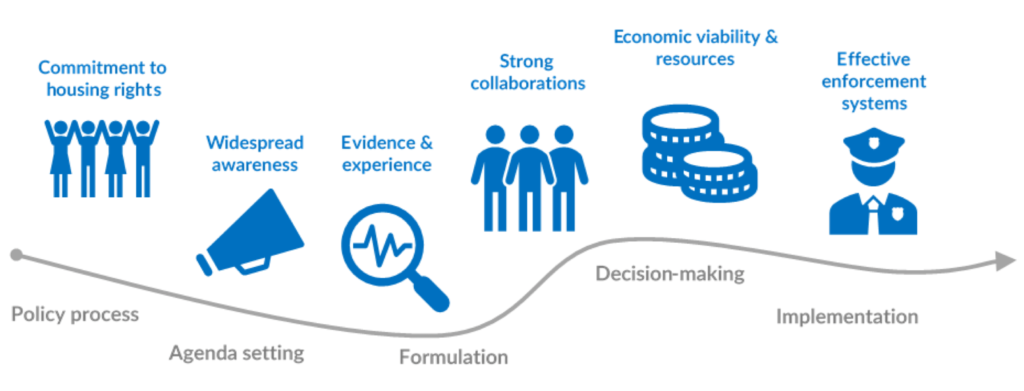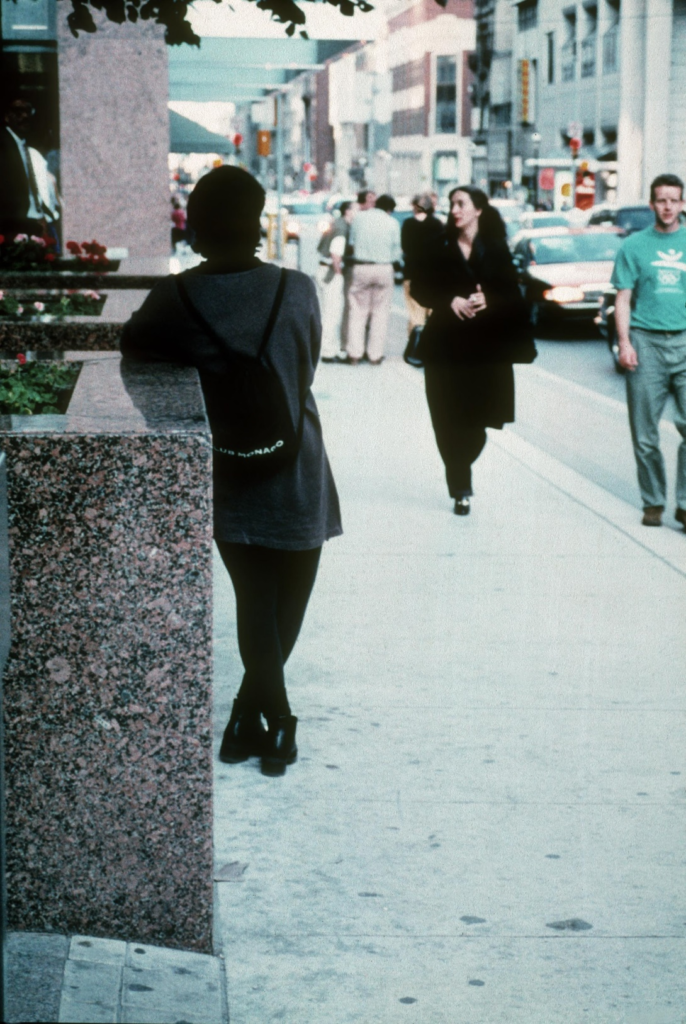City Know-hows

Our study investigated whether apartment dwelling and building design attributes influenced residents’ housing satisfaction in the initial stages of the COVID-19 pandemic. Multivariate models showed that residents’ perceptions of their apartment’s internal space and layout and the thermal comfort it afforded them in winter were independently associated with increased housing satisfaction.
Share
Target audience
Policy-makers, planners, developers, academics
The problem
Australia’s housing context has long been characterised by low-rise detached homes, but rapid population growth has prompted a recent boom in apartment construction. Apartment residents may be more vulnerable to the negative impacts of COVID-19 stay-at-home orders due to the distinct constraints and stressors of apartment housing, but empirical research on this population is scarce.
What we did and why
In this study we investigated whether apartment dwelling and building design attributes influenced residents’ housing satisfaction in the initial stages of the COVID-19 pandemic. Participants (n=207) who lived in apartment complexes sampled across Sydney, Melbourne and Perth completed a survey between 2017-2019 and a follow-up survey in 2020 following a six-week national lockdown.
Our study’s contribution
We found that apartment residents’ perceptions of dwelling and building design were associated with increases in housing satisfaction between baseline (pre-pandemic) and follow-up (post-lockdown). For every one-unit increase in residents’ perceptions of their apartment’s internal space and layout and the thermal comfort it afforded them in winter, their housing satisfaction increased by 0.26 and 0.30 points respectively. An important strength of this study is the longitudinal examination of a cohort of apartment residents using data collected pre- and post- mandatory stay-at-home orders.
Impacts for city policy and practice
Our findings underscore the importance of understanding the specific impact of the pandemic on different populations, including apartment residents, to inform public health policies and interventions.
Further information
Full research article:
The impact of apartment design on changes in housing satisfaction during the COVID-19 pandemic lockdown |  by Alexandra Kleeman & Sarah Foster
by Alexandra Kleeman & Sarah Foster
Related posts

Our cross-sectional study of 272 neighbourhoods of thirteen cities shows that diverse physical and social attributes of neighbourhoods influence mental well-being of the citizens in the Asia and Africa.

The foundation is to generate awareness and evidence of existing housing conditions and their health impacts. Then collaborate across sectors and with stakeholders, establish effective enforcement systems, and tackle issues around private rights.

Differences in walking behaviour among racial groups highlight systemic inequalities that affect how and why people walk, pointing to broader issues of transportation and urban planning inequities.